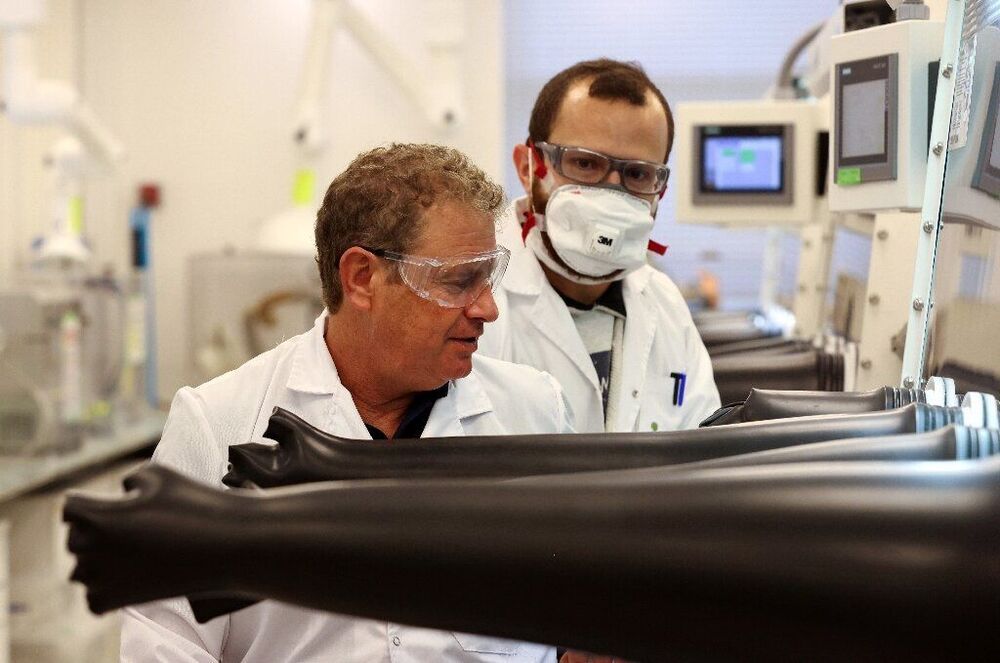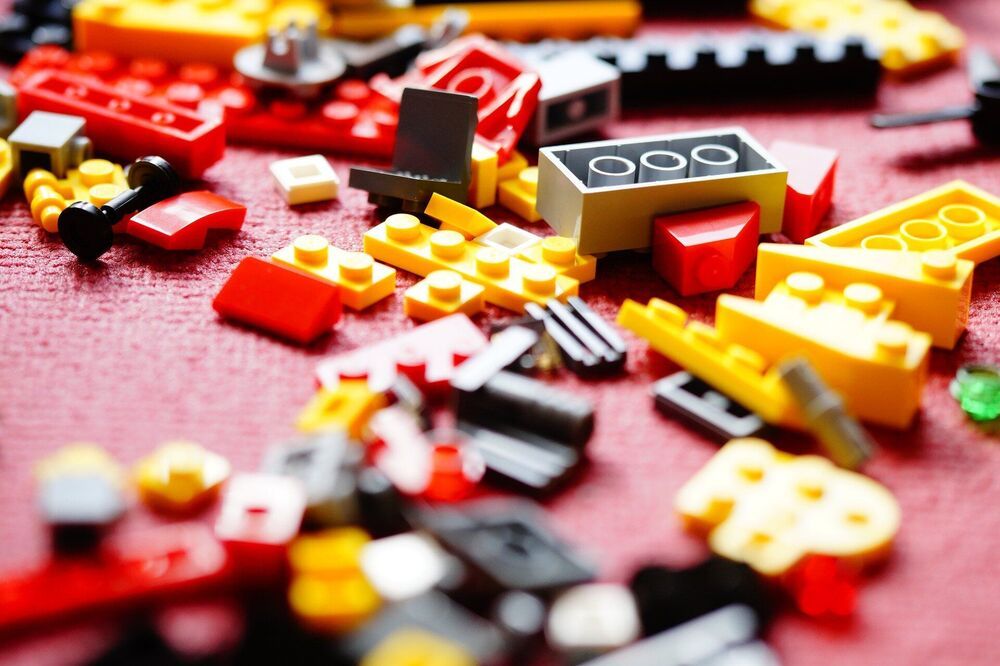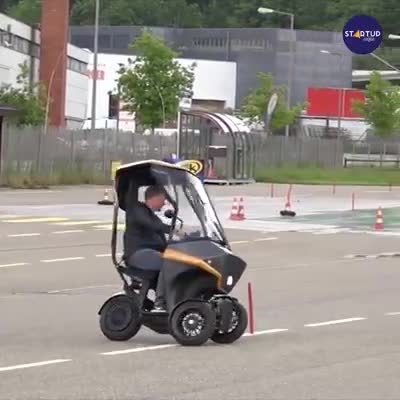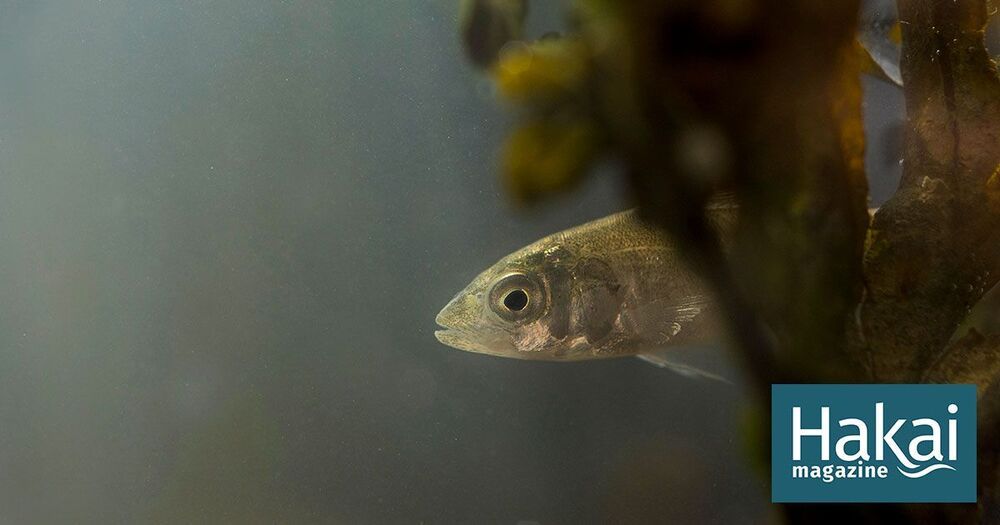Researchers from the Polytechnic University of Valencia (UPV) have come up with and patented a new system for manufacturing beams that aims to revolutionize the architecture, construction and civil engineering sectors. They are manufactured with 3D-printed plastic pieces that can be assembled as if they were pieces of Lego adding a high-performance layer of concrete in the most compressed area.
Its advantages, according to its creators, are several: they weigh up to 80% less than concrete or metallic beams, which means that no heavy cranes or lorries are needed to carry and install them; they save time and money on labor and materials; and they can be printed and assembled in situ, which facilitates their installation anywhere, regardless of how difficult it is to reach. In addition to all of this, it uses recycled plastics as the raw material, giving a new life to this product and thus helping move towards more sustainable construction.
The development of these innovative beams is the result of almost three years of research. “Our goal was to propose an alternative to the current reinforced concrete beams. These are made using profiles built for the length of the piece, which requires expensive installation and are hard to transport,” says José Ramón Albiol, lecturer at the Higher Technical School of Construction Engineering (ETSIE) of the Polytechnic University of Valencia. Following numerous hours of tests and trials, the combination of 3D printing, plastics and concrete provided optimum results. And last October they patented the system.







